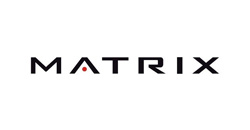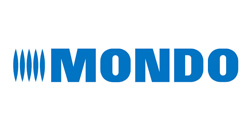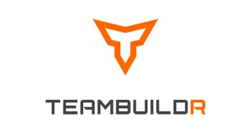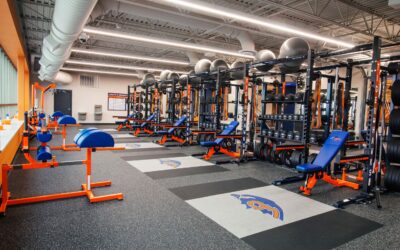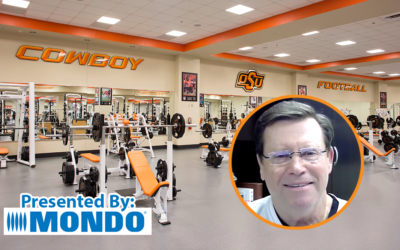High school athletics play a pivotal role in shaping the character, discipline, and physical health of countless students. For athletic directors, ensuring that these programs run smoothly is a top priority. One of the most direct ways to enhance the quality of these programs is by investing in upgraded equipment and state-of-the-art facilities. The ripple effect of such an upgrade is profound, touching coaches, student-athletes, and athletic directors alike.
The primary beneficiaries of upgraded equipment and facilities are, undoubtedly, the student-athletes. Modern equipment, designed with the latest safety standards in mind, significantly reduces the risk of injuries. Whether it’s a better-fitting helmet in football or non-slip mats in gymnastics, the right equipment can make all the difference.
Moreover, state-of-the-art facilities, such as synthetic turf fields or advanced flooring, allow athletes to train more effectively and compete at higher levels. These improvements can lead to better performance, increased confidence, and a more fulfilling athletic experience.
A Boost for Coaches
For coaches, upgraded facilities can be a game-changer. They serve as an excellent recruitment tool in a private-school setting. When prospective athletes tour the school and see top-notch facilities, it sends a clear message about the school’s commitment to athletics. This can be a deciding factor for many young talents choosing their high school.
Within any high school installing advanced equipment, coaches can introduce more varied and sophisticated training regimens. Tools like video analysis systems or modern strength training equipment can dramatically improve training sessions, allowing coaches to fine-tune technique and programming.
Increased Participation And Revenue
For athletic directors, the benefits of upgraded equipment and facilities extend beyond the immediate athletic program. A well-maintained sports facility can become a hub for community events, hosting inter-school tournaments, local leagues, or even community exercise classes. This can generate significant revenue for the school, which can be reinvested into the athletic program or other school initiatives.
Furthermore, top-tier facilities can lead to increased participation rates in sports programs. When students see that their school values athletics and is willing to invest in their success, they’re more likely to join a team or try out a new sport.
The decision to upgrade equipment and facilities is not just about aesthetics or keeping up with the times. It’s an investment in the future of the school’s athletic program, its students, and the broader community. For athletic directors, understanding the far-reaching impact of such upgrades is crucial. It’s not just about better gear or shinier courts; it’s about fostering an environment where coaches can excel, student-athletes can thrive, and the entire community can rally behind the spirit of high school sports.

